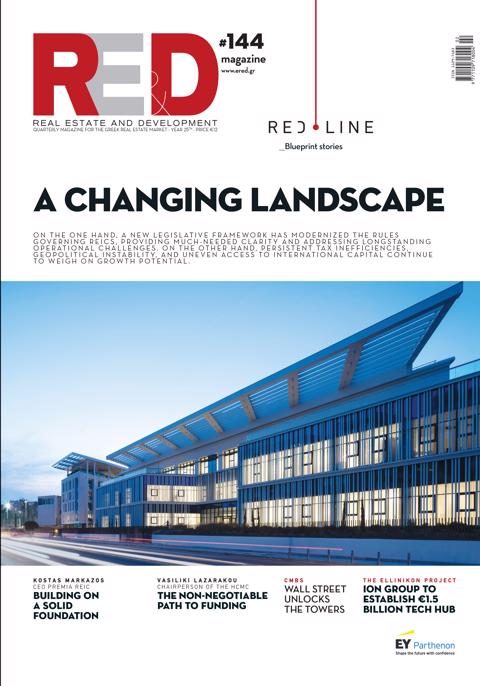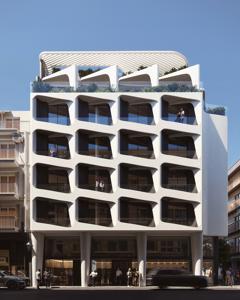Eleven of the museum’s twelve galleries—each narrating, in chronological order, four major eras spanning more than 700,000 years of history—are already open to visitors. The twelfth gallery, dedicated to the most famous pharaoh of ancient Egypt, Tutankhamun, will be unveiled in its entirety for the first time, alongside a spectacular exhibition of royal boats discovered near the Pyramids.
The new museum is already regarded as one of the most anticipated cultural projects in modern history. To grasp the scale of the undertaking: the Great Pyramid of Giza was built in roughly 25 years—this museum took almost 21 to complete. Covering 90,000 square meters within a 500-acre site, it aims to offer an unprecedented perspective on one of the world’s most enigmatic civilizations.
Located just outside Cairo, a mile north of the Giza Pyramids, visitors are greeted first by the 3,200-year-old statue of Ramses II—one of the earliest artifacts transferred to the museum in 2018. The statue leads the eye to a striking architectural centerpiece: the Grand Staircase, which rises through six levels and offers direct views of the Pyramids. Yet the staircase is not merely an architectural feature—it serves as a ceremonial procession hall, lined with statues of Egypt’s ancient kings and rulers, magnificently preserved and displayed.
In total, the museum will showcase more than 100,000 artifacts, including the entire collection from Tutankhamun’s tomb for the first time. Over 5,000 objects have been transferred from other Egyptian museums to gather the treasures in one unified space. Among the highlights is the reconstructed Khufu Solar Boat, a sacred vessel that, according to mythology, carried the sun god Ra across the heavens.
The creation of the Grand Egyptian Museum (GEM) is not only a cultural milestone but also an economic and tourism investment for Egypt. With an estimated cost exceeding $1 billion, the government aims to reinforce the country’s status as a premier destination for cultural tourism in the Middle East and the Mediterranean. Officials anticipate that once fully operational, the museum will significantly boost visitor numbers, generate employment opportunities, and contribute to the nation’s GDP.
Beyond its economic promise, the museum embodies something deeper: a renaissance of Egyptian identity and a renewed appreciation of the country’s cultural wealth through the lens of modern technology and international collaboration. Designed by the Irish architectural firm Heneghan Peng, the museum integrates sustainable features such as solar panels, natural ventilation, and water recycling systems, reducing energy consumption by 60%. It also incorporates cutting-edge lighting, climate control, and digital interpretation systems.
Egypt has always captivated the world’s imagination—from its myths and legends to its pyramids and the Sphinx, it remains a symbol of timeless grandeur and mystery for scholars and travelers alike. The Grand Egyptian Museum adds a modern wonder to this historic landscape—a gateway to the past that illuminates the future.
It is not merely a repository of antiquities, but a mirror reflecting humanity’s greatest achievements—from the invention of papyrus to the creation of the 365-day calendar. And, of course, it would not be complete without the golden funerary mask of Tutankhamun, one of the most recognizable and mysterious icons of the ancient world.















